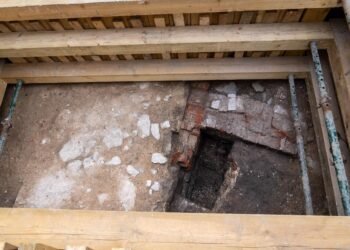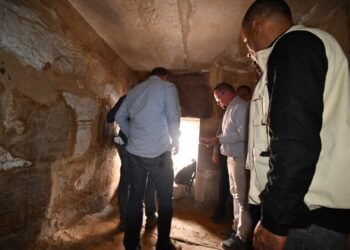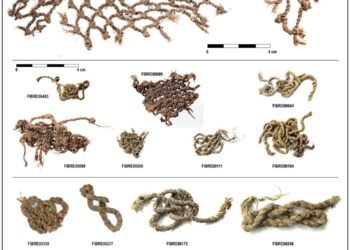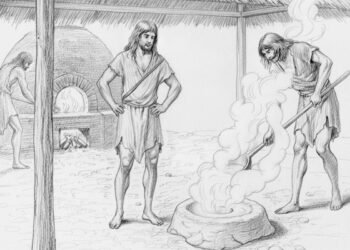For the first time in a century, archaeologists excavating in Egypt’s Saqqara region have discovered a 16-meter-long ancient papyrus.

Old Coptic Christian monasteries, more than a dozen pyramids, and animal burial grounds can be found at Saqqara, an Egyptian village in Giza Governorate, serving as the necropolis for the ancient Egyptian capital, Memphis, and a UNESCO World Heritage site.
Contrary to what specialists had previously believed, the papyrus measured 16 meters when it had been properly repaired and translated. Mostafa Waziri, Secretary General of the Supreme Council of Antiquities, announced the discovery of the papyrus on Monday, January 16.
The papyrus, also known as the “Waziri Papyrus,” was restored in the Egyptian Museum’s Tahrir restoration facility, according to Waziri.
The papyrus, which contains sections from the Pharaonic Book of the Dead, was discovered inside one of the 250 tombs in Saqqara.
The Book of the Dead is an ancient Egyptian funeral text that contains declarations and spells to help the deceased in their afterlife. The book is older than 50 BCE.
Waziri also stated that the papyrus, which will be displayed at the Grand Egyptian Museum’s opening, is currently being translated from Hierarchical to Hieroglyphics to Arabic.
The extraordinary discovery might provide new light on ancient Egyptian beliefs about the afterlife.






















